"The main challenge is to find work that’s genuinely engaging and yet keep the studio running" - Rukminee Guha Thakurta
We speak to the founder of Letterpress Design Studio about her journey as a publication designer
05 Feb 2018 | By Payal Khandelwal
We have started 2018 on a high note with this new column, ‘Design Dialogue’, where we will be interviewing folks from design studios across India who are doing some really interesting work. For the first edition, we have Rukminee Guha Thakurta whose studio focuses on publication design and production.
After having discovered her love for all things tactile, Guha Thakurta decided to start her design journey with a magazine. After freelancing for a while, she joined the Outlook group where she was unexpectedly hurled into designing the entire Outlook Traveller magazine on her own. One of her other key magazine experiences include redesigning of Platform, a creative lifestyle magazine in India.
She has also worked on various books for artists and galleries at Photoink in New Delhi. The experience that stands out the most in Guha Thakurta’s design path is when she got in touch with Gerhard Steidl and eventually got two stints (2007 and 2012) with Steidl Verlag, his well-known international publishing house of photo-books and a printing company based in Germany. She worked on various high profile book projects during this time, and met many illustrious personalities.
Under Letterpress, Guha Thakurta works on various collaborative publishing projects. She is also a visiting faculty at the National Institute of Design (NID). We had a conversation with her about some of her instrumental work experiences. Here are the edited excerpts:
What drew you towards publication design in the first place?
Around the time I graduated from NID, the IT boom was peaking. I worked as an intern at a pretty big IT set-up in Bangalore and realised that it wasn't for me. Now when I look back, I can see that I was always a bookish person. I read all the time; admired posters and was fascinated with type; and I liked to explore binding. It was only natural for me to lean towards print and produce tactile work. I thought the best way to learn more would be with a magazine team.
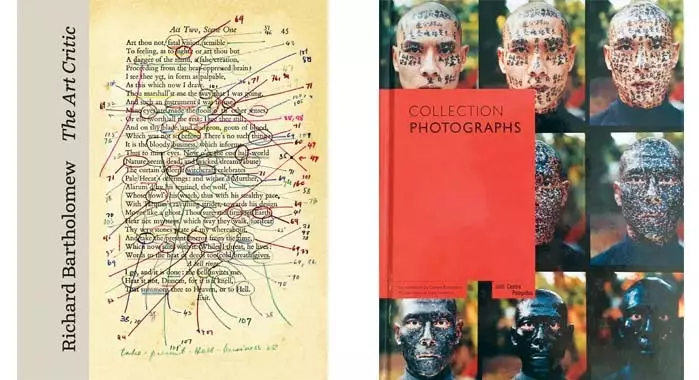
Could you tell us about your experiences of working with Outlook India and Platform magazines?
The first magazine I worked on was Outlook. I was with the News Weekly team for a short while before I got plucked out of that large team and thrown into the deep end. The only designer for Outlook Traveller had left and I (almost new to the professional world of design) was asked to take over and design the entire magazine completely on my own. I spent a few years there internalising the entire process of producing a magazine: ideating, commissioning, writing, editing, image editing, proof-reading, designing and printing. Even though I was a young designer, I was allowed to participate in a lot of the above including writing for the magazine occasionally. The small team was inclusive and fun, and that experience stood me in good stead for the years ahead.
Platform is a lifestyle magazine whose audience is young and hip. I really enjoyed giving it a completely new look in 2013, to have freshness, clarity and an international feel. I normally want to change a lot of things when I look back at my old work but even today, I feel very proud when I see an issue of Platform on a magazine stand. It stands out and still looks very cool. The design seems to have withstood the test of time. Of course, since I still do the art direction for Platform, over the years I have tweaked and changed things I wasn't happy to continue with. I also keep an eagle-eye on each issue as it progresses so that high standards are maintained for its design and production.
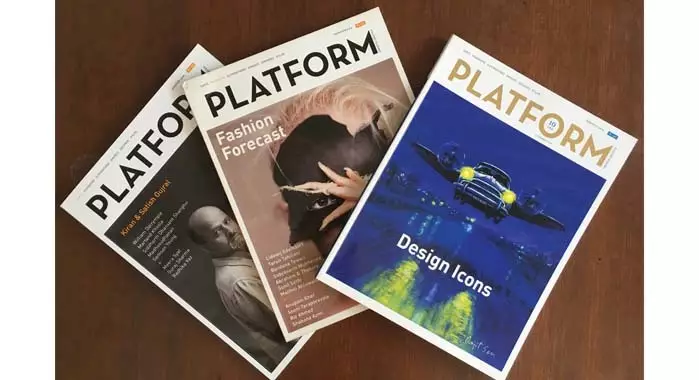
What were some of the early projects you did after you graduated from NID and how did they shape your journey as a designer?
Early in my life as a designer, while I was still at Outlook, I spent a month travelling and documenting the crafts of Chhattisgarh for ‘The Handbook of Handicrafts’, published by Cohands which is under the Ministry of Textiles. It opened my eyes to the brilliance of the Indian craftsmen including their use of local materials and how they seamlessly blend in functionality with stories. More importantly, that project acquainted me with rural India and changed my perception of what it means to be a progressive society at a larger level and what success means at a personal level.
You also worked at Photoink. Could you talk about one or two key projects you worked on there?
I can't even recall how many books and exhibition materials I designed while I was at Photoink so let's just say it was an exciting time. The book that stands out for me from that period is ‘A Critic's Eye’ by Richard Bartholomew. The years of learning and experimentation came together beautifully in the design and production of that book. I loved that archive and went on to work on the book on Bartholomew's writing when I started Letterpress.

How did your association with Steidl Verlag begin? How was your experience during the two stints you had with them?
While I was at Photoink, I used to spend a lot of time going through their large collection of photo-books from around the world. But my eyes kept going back to a single, slim book of Robert Frank's. I had never seen such a lovingly produced book. And then I found out that (Gerhard) Steidl, the publisher of that book, was a unique person with a unique publishing house. I started a conversation and showed Gerhard Steidl my work, and eventually received an invitation to work with him. My first experience there in 2007 was of being catapulted to another realm. I was suddenly working with the Centre Pompidou, Fondation Cartier-Bresson, and on a book by the person whose work had led me there in the first place: Robert Frank. I was meeting Karl Lagerfeld, working on Chanel catalogues, and flying around Europe in a tiny plane. Martine Franck was bringing me books I had designed back to India and I was attending Gunter Grass's birthday. It was all quite intoxicating.
By the second visit, I knew what to expect, but it was no less exciting. Just before going there, I had dreamt that I was designing a book on Bob Dylan and sure enough, I was doing just that in Germany. I learned a lot from my time there but it was also a really high-pressure atmosphere. There were more books to be designed than there were hours in a day.
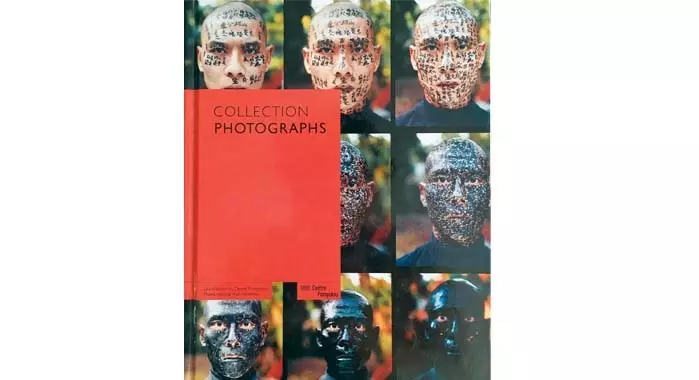
Could you pick one project you did at Steidl Verlag and tell us a bit about it?
The Bob Dylan book was John Cohen's work. A musician himself, Cohen had a large archive of photographs he had made of Bob Dylan and other musicians of the 60s. It was thrilling to edit with him and listen to first-hand stories of Woody Guthrie, Pete Seeger, Jerry Garcia, Bob Dylan and many others, who were all friends of Cohen’s.
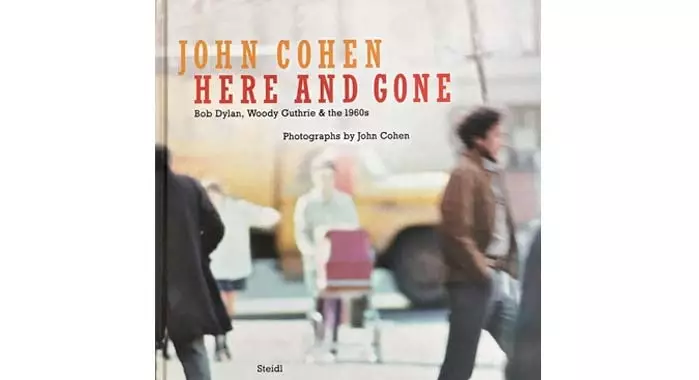
From all your book projects, which one is your personal favourite and why?
Almost always, the book-in-progress is the favourite. But a particularly fun one was a cookbook called ‘The German Table’ by Eliese Steiner. I love food and already had a German connection, so I worked closely with Mrs. Steiner at the German ambassador's residence – right from deciding the contents of the book to how the images would be shot. I even named the book. And of course, we all ate a lot of food through it all.

You have also curated 'Zones of Privacy' exhibition at Chatterjee & Lal gallery in Mumbai. How did that come about? And how different was it in terms of experience?
Zones was my first foray into curating for a gallery space. It was the outcome of having made books, teaching book design, and generally being amongst "book people" for many years. It was a gathering of as many bookish experiences as I could think of, and I was absolutely delighted by the hordes of people who sat for hours and pored over all those sketchbooks, photo-books, notebooks, study books, scrap books, book objects, and even book dummies. C+L were wonderful hosts and collaborators, and the gallery looked quite special for the show, like a concept library.
What are the challenges of running an independent design studio? What are some of the main things you are conscious about when you are taking up projects/collaborations at Letterpress?
The main challenge is to find work that’s genuinely engaging and yet keep the studio running. I have been reasonably lucky with that so I am not complaining. I don't take on work that does not agree with my politics and worldview. It's not often that I have had to refuse work for ethical reasons, but there have been a few occasions.
What are some of the biggest challenges when it comes to publication design in India?
Quality is a problem – right from editing the content to design and production. Not many publishers are invested in good design and production. At the self-publishing level too, people make books without assessing if a body of work really needs to be in the form of a book and there is a lack of the rigour that is necessary at every step of book-making.
In terms of work, what are some of your main plans for this year?
In 2018, I am hoping to combine all that I do, which is make books, curate, teach, and write a bit. Let's see how it all pans out.
Payal Khandelwal is an independent journalist & editor of The Floating Magazine (thefloatingmagazine.com).


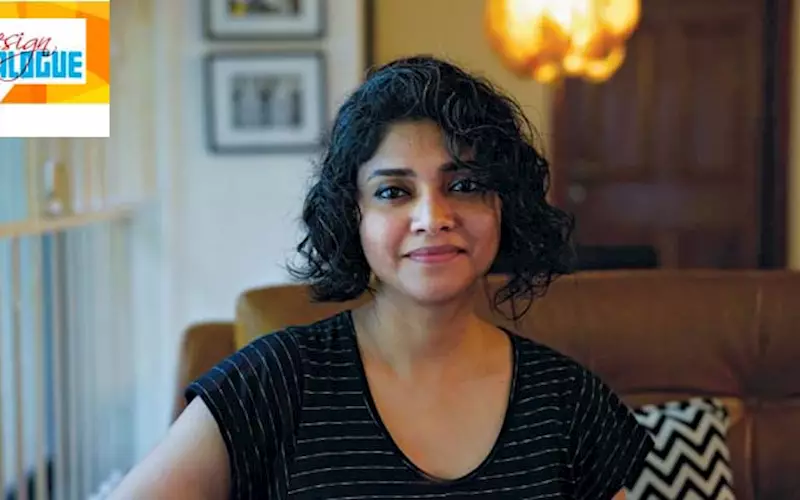











 See All
See All